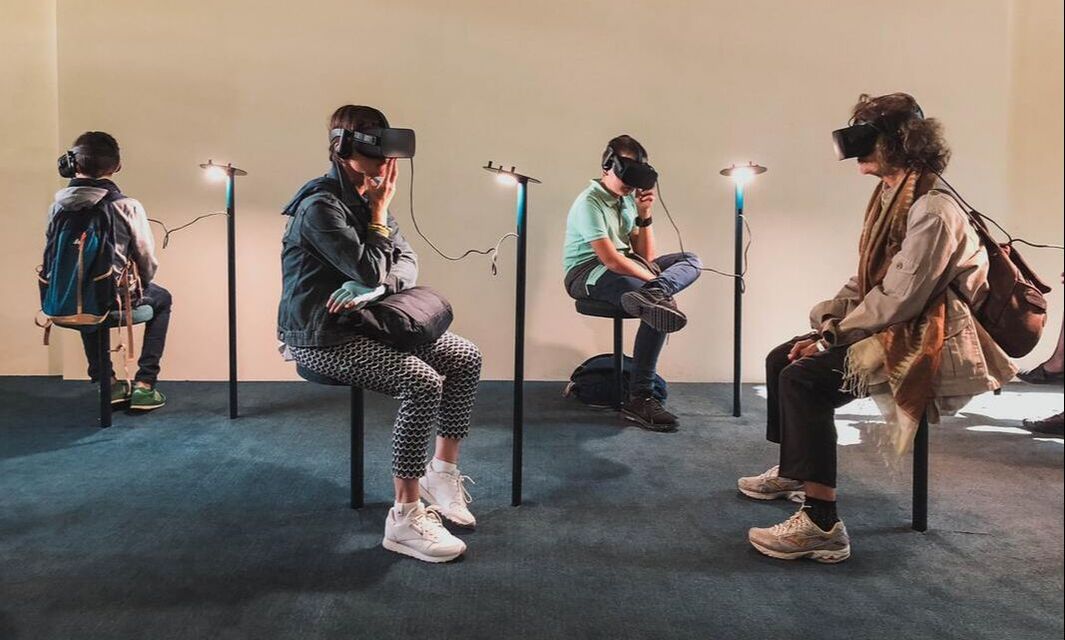|
Photo by Lucrezia Carnelos on Unsplash In Authenticity, Interactivity, and Collaboration in VR Learning Games, Thompson et. al (2018) explains that "decreasing cost and increasing technology access in schools places 3D immersive virtual reality (VR) within the reach of K-12 classrooms" (Korbey, 2017). This is because the affordances of virtual reality allows educators to overcome traditional limitations to K-12 classroom environments. The authors of this article have gained insight on the benefits and challenges of using VR to create authentic, interactive, and collaborative experiences that help students through the development of several learning simulations and games. In particular, the development of a game to introduce students to cellular biology. The authors explore three key ideas in this article:
Despite the fact that cells are a critical topic in biology standards and curriculum materials, the authors explain that they are often oversimplified in introductory resources. To circumvent this issue, they suggest incorporating 3D visualizations such as immersive VR into biology curriculum to improve student learning. While some scholars have argued greater visualization positively impacts student learning, others argue that too much visualization can quickly lead to "cognitive overload" thus impeding student learning. As a solution, the authors propose interactivity (the ability to stop, start, replay, and manipulate visuals). Spatial understanding as well as problems that require perspective taking and understanding structure are also well suited for VR use the authors write. The need for designers to "balance the user's attention to their own experience and explore how to create a sense of shared presence, or co-presence, in the virtual world" is also discussed (Campos-Castillo, 2012). In VR environments, paying special attention to interdependence, purposeful formation of groups, individual accountability, and attention to social skill development are important considerations. The creators of Cellverse have taken these ideas and applied them in the development of their VR environment. They draw connections between the aforementioned effective practices found in the literature and leverage the affordances of VR in their project. The game-based format of Cellverse provides high levels of interactivity between student and the concepts presented in the VR experience. Aspects of biology are also presented within the game environment as well as opportunities for students to build interdependence among team members. This project has not been without challenges though. For example, users may become nauseated if there is too much activity. Another challenge has been creating a balanced flow of information between two players. And finally, scientific understandings are continually advancing. This makes maintaining authenticity an ongoing challenge. The authors suggest that "when moving forward, researchers, developers, and educators should investigate how each of these factors can be fashioned to optimize learning, identify affordances and challenges that may emerge as VR becomes more widespread, and incorporate findings and feedback into future development" (p. 5). Reference Thompson, Wang, A., Roy, D., & Klopfer, E. (2018). Authenticity, Interactivity, and Collaboration in VR Learning Games. Frontiers in Robotics and AI, 5, 133–133. https://doi.org/10.3389/frobt.2018.00133 |
Archives
December 2022
Categories
All
|

